
 |
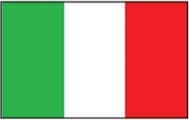 |
 |
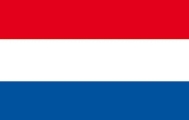 |
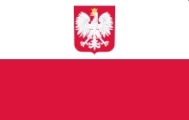 |
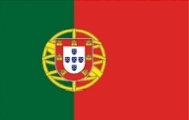 |
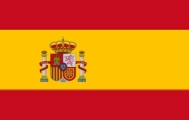 |
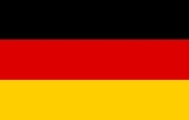 |
FR |
IT |
MT |
NL |
PL |
PT |
ES |
DE |
Babelsberg Park and Glienicker Brücke
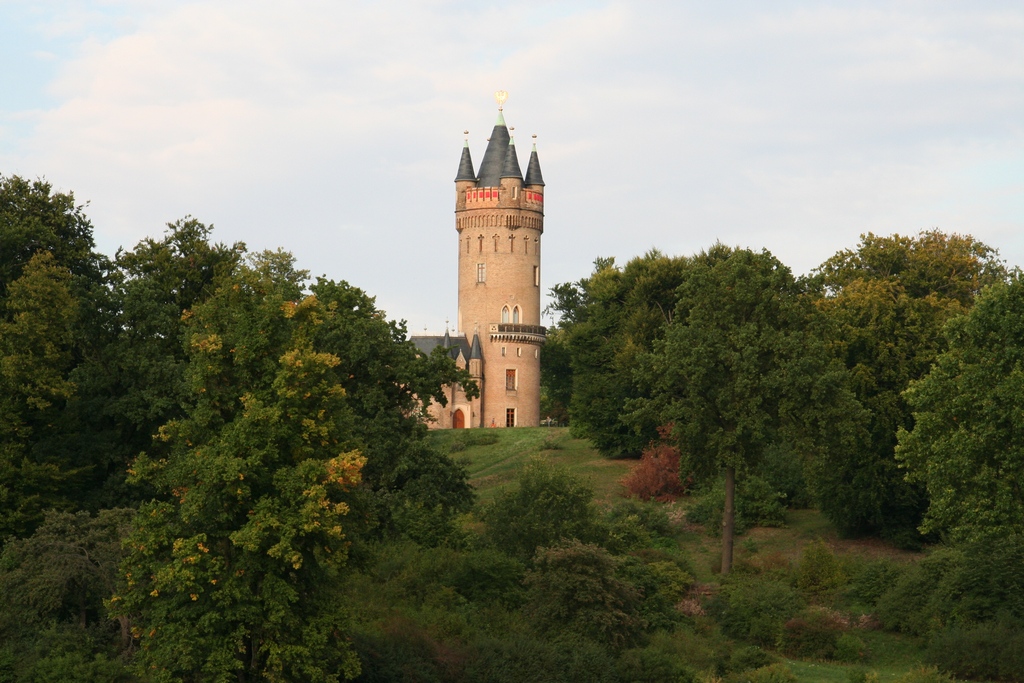
Flatowturm in Park Babelsberg
Park
Babelsberg is a 114-hectare park in the northeastern part of the city of
Potsdam. It was built in 1833 and borders the lake Tiefen See on the
river Havel. The water tower in Park Babelsberg is built in Gothic style
and i.a. erected for the purpose of irrigating the park. From the tower
there is a fantastic view of the Havel.
The park is a favorite excursion destination for young and old and in
the summer you swim merrily in the lake, which borders the beautiful
park.

Wanted
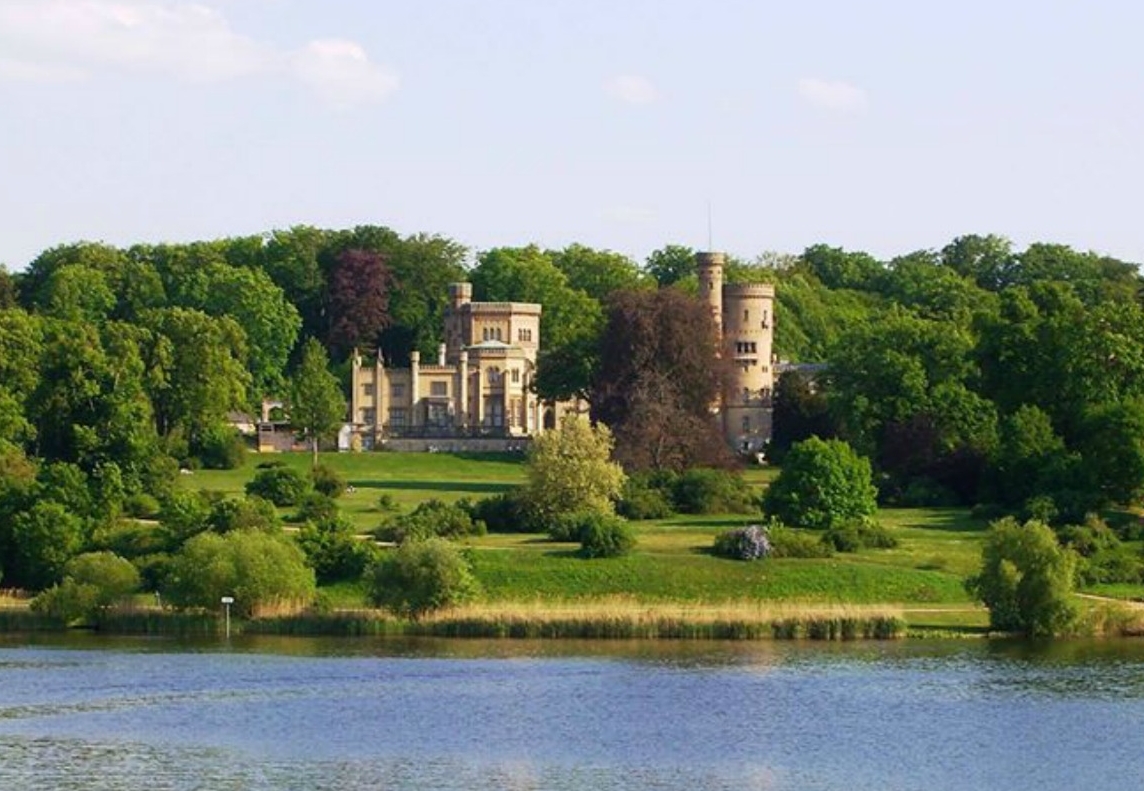
Schloss Babelsberg
For over 50 years, Schloss
Babelsberg was the summer residence of Prince William, later the German Emperor
William I and King of Prussia and his wife, Augusta of the House of
Saxony-Weimar-Eisenach, the German Empress and Queen of Prussia.
Since 1990, the Babelsberg Palace has been part of the UNESCO World Heritage
Site "Palaces and Parks of Potsdam and Berlin". The castle is administered by
the Stiftung Preußische Schlösser und Gärten Berlin-Brandenburg.
Since 2013, the palace has been undergoing an intense renovation.
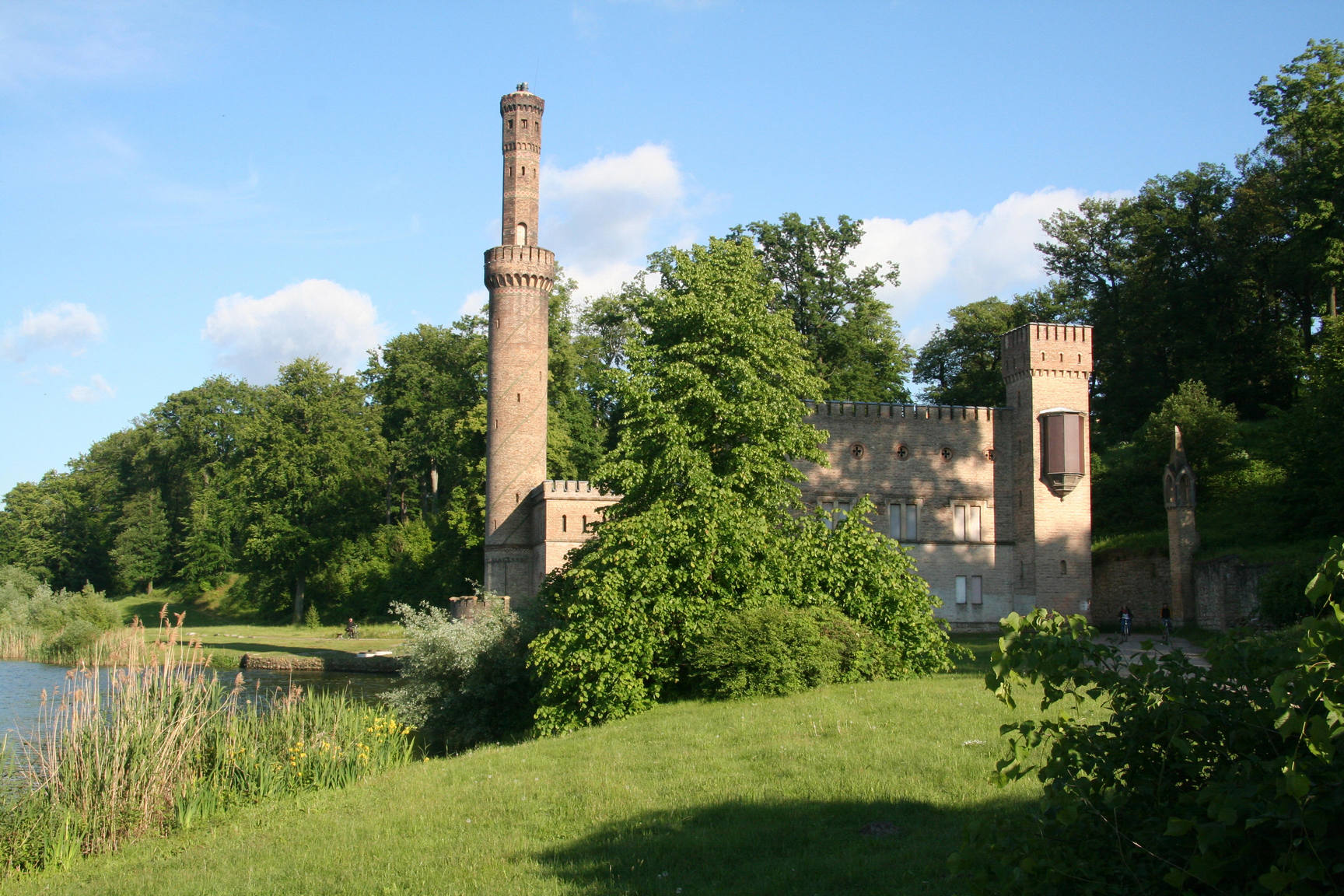
Steam turbine building in Babelsberg Park
The steam turbine building was built in the years 1843–1845 and was then a technological breakthrough. The steam turbine was used to irrigate the park and for a fountain that shot a 40 meter high jet of water up the Havel, like a geyser.
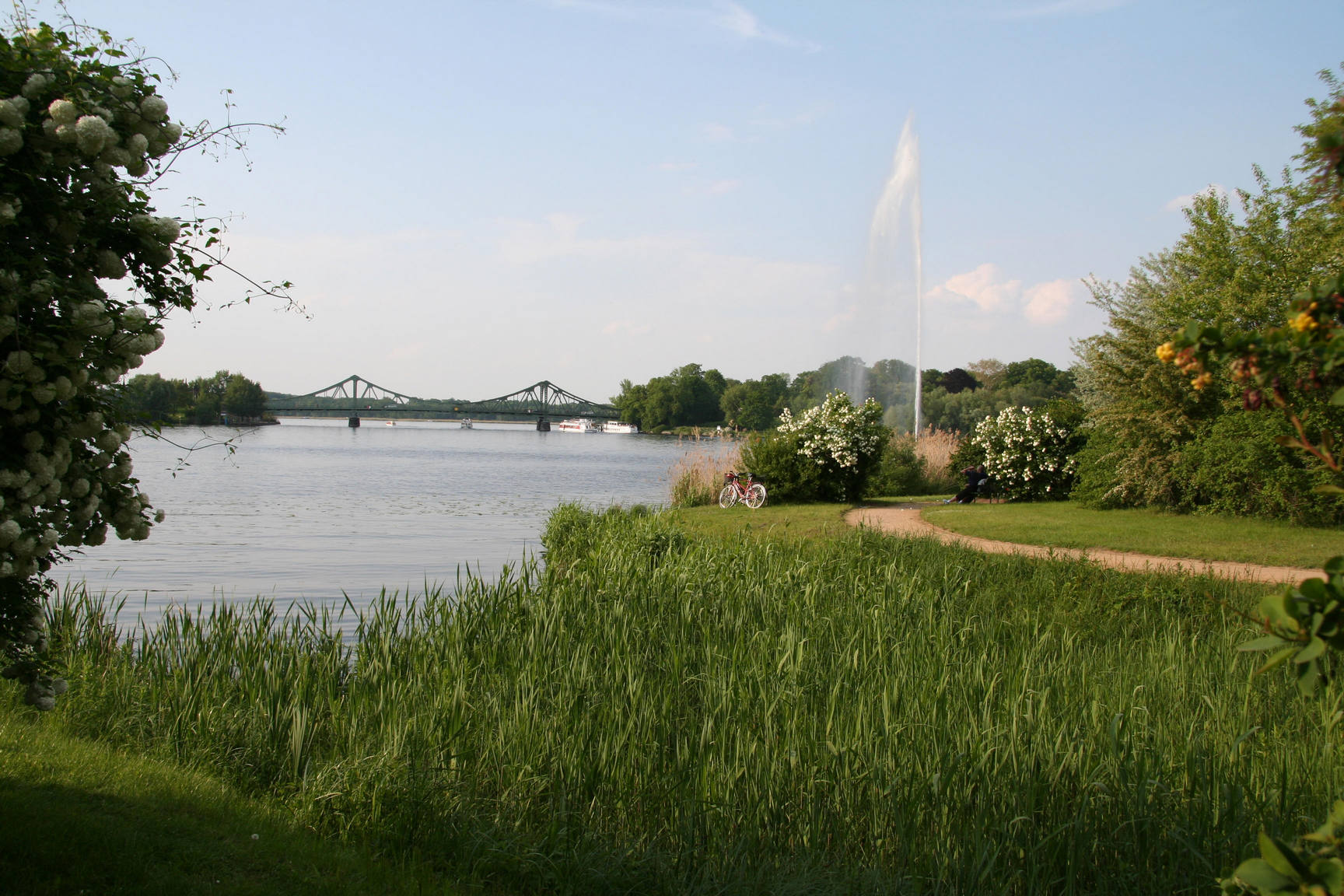
"The Geyser" in Babelsberg Park - Spring 2010
In the GDR era, when Germany were divided, the engine house stood in the border country and decayed more and more. In recent years, however, they have fortunately begun to slow down the decline and secure it for the future.
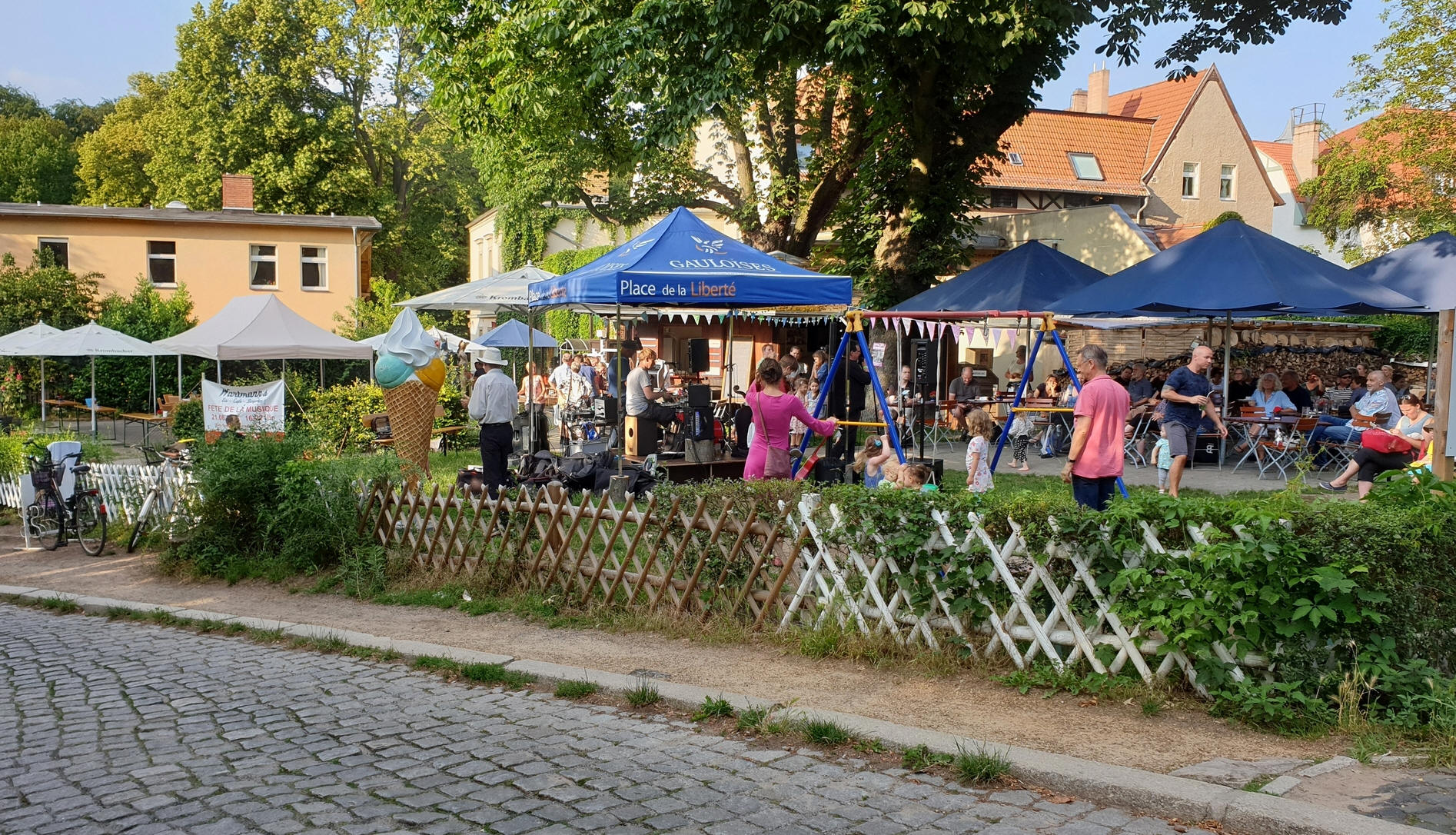
Wartmann's café - Waldmüllerstraße 8 - in Klein Glienicke by Teltowkanal - Summer 2019
Klein Glienicke is located at the end of Wannseer Böttcherberg
between Griebnitzsee and Glienickersee, southeast of Glienicker Brücke. This is
the only part of Potsdam located on the north-east side of the Teltow Canal and
the Havel. Klein Glienicke is only connected to the town of Potsdam by a
one-lane bridge that was originally intended for pedestrians. This leads across
the Teltow Canal to Babelsberg Park in the southeast.
On the way to and from Babelsberger Park, it is obvious to cross the Glienicker
Brücke and possibly to take a break in Hartmann's café especially after the
Bürgershof in Waldmüllerstraße 4-5 has been partially demolished and converted
into private homes.
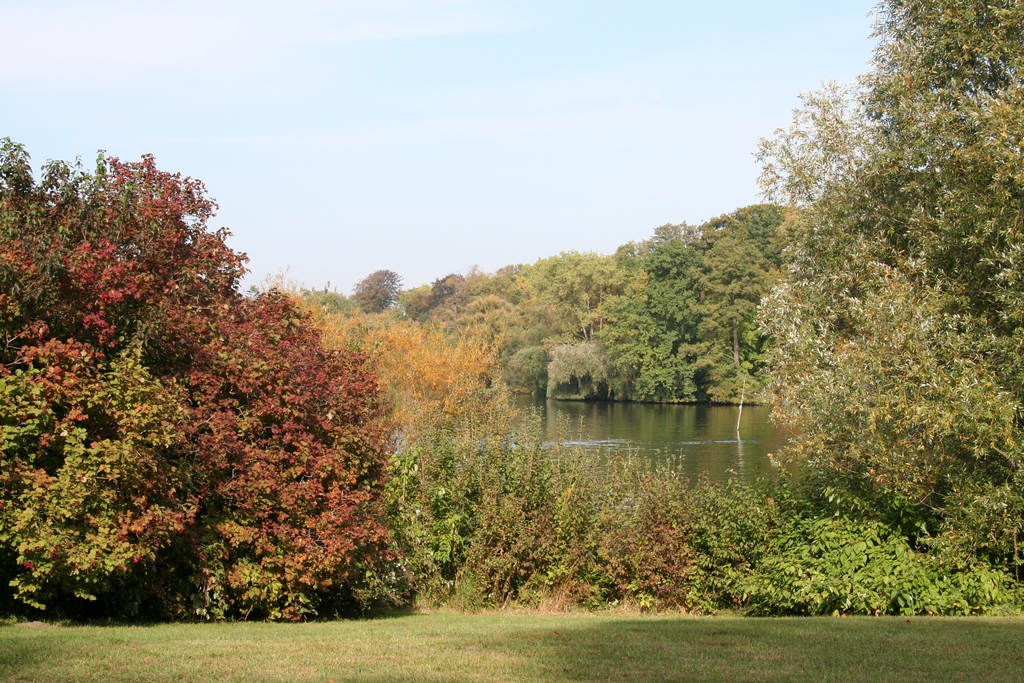 |
Babelsberg is not only part of the city of Potsdam... |
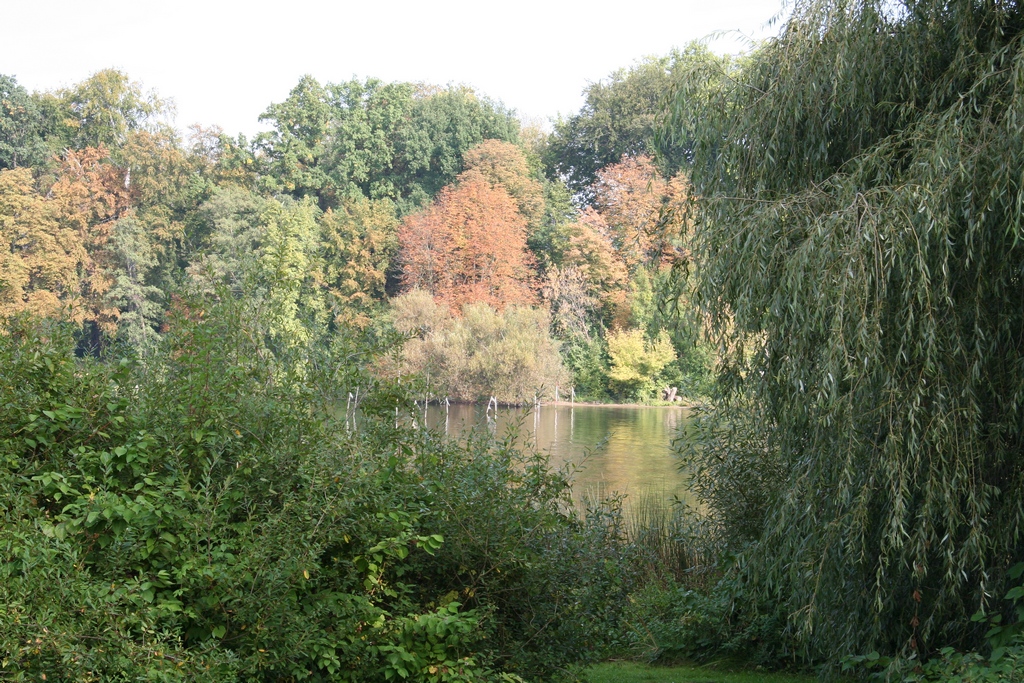 |
|
...but it is also a large recreational beautiful area ..
|
 |
....where you have unique
opportunities to enjoy nature |
Babelsberg - Autumn 2006
Babelsberg is the largest district in Potsdam and is primarily known for its film studios. It was here that the Danish actress, "Die Asta", recorded a number of films that made her world famous.
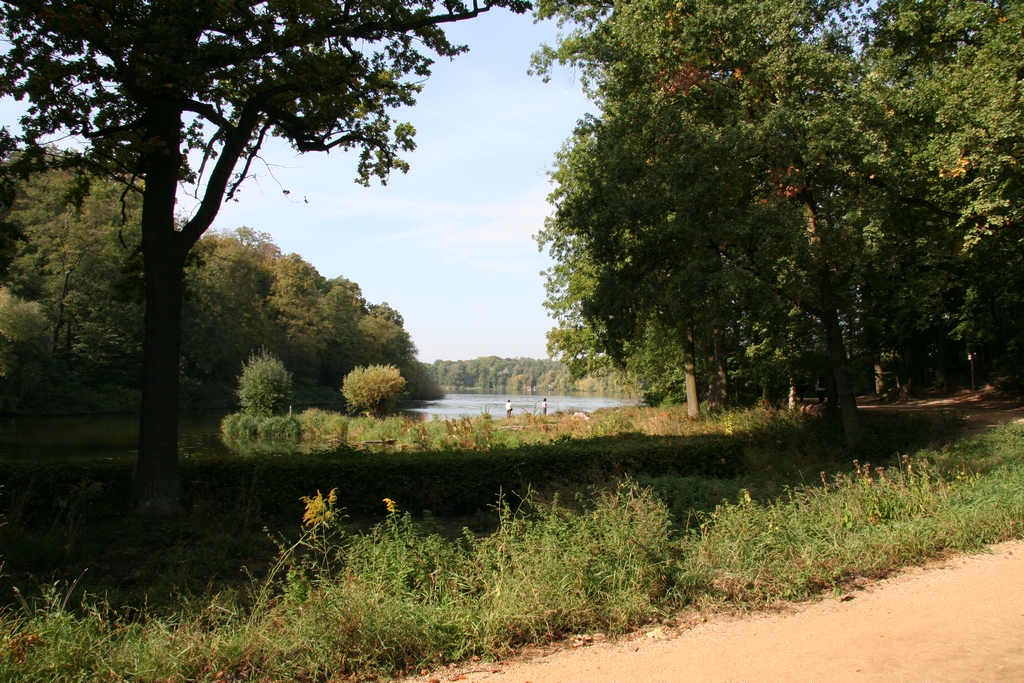
Grunewald - Autumn 2006
From Babelsberg Park, it can be a good idea to cycle on to Berlin via Wannsee and the beautiful Grunewald, the famous forest close to Berlin.
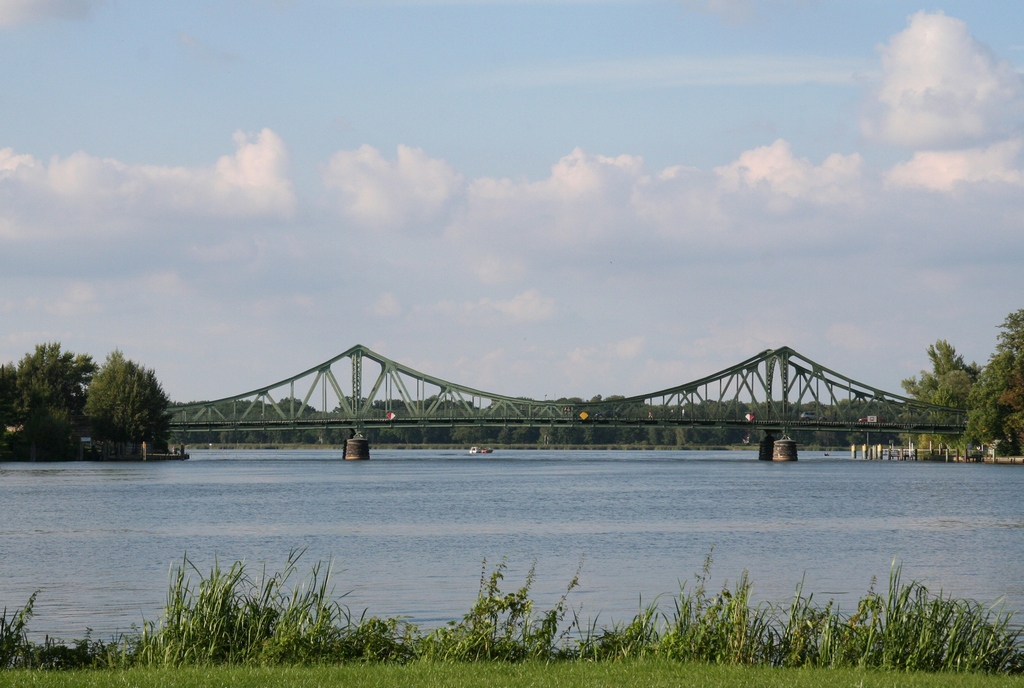
Glienicker Brücke - Summer 2007
The Glienicker Brücke stretches across the Havel River and
connects the cities of Berlin and Potsdam. In 1949 it was ready after being
rebuilt after the war.
On a hot summer day, it can be hard to imagine that this idyllic bridge should
have been the backdrop for spy exchanges during the Cold War. It was then that
the bridge in the GDR was called "Brücke der Einheit" and where American and
Soviet soldiers faced each other directly. The first of three spy exchanges was
on February 10, 1962, when American pilot Francis G. Powers was exchanged with
KGB master spy Rudolf Abel. While the bridge was closed, there were numerous
civilians trying to escape from the GDR via the bridge. Most failed, but in
1988, three residents of Potsdam managed to break through the barricades of the
bridge in a large truck. Subsequently, additional barriers were set up on the
bridge so that a repeat was not possible. For many years after the Cold War, one
could see on the asphalt where these barriers had stood.
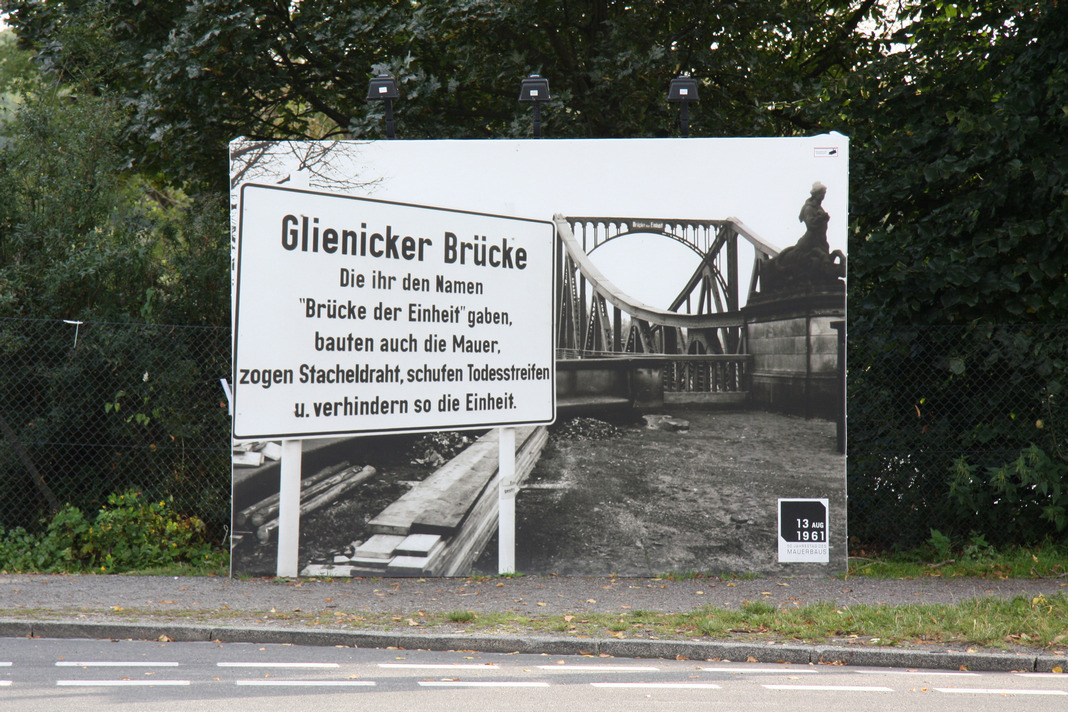
Those who gave it the name "Unity Bridge" also built the Wall, pulled barbed wire, created death stripes and thus prevented unity.
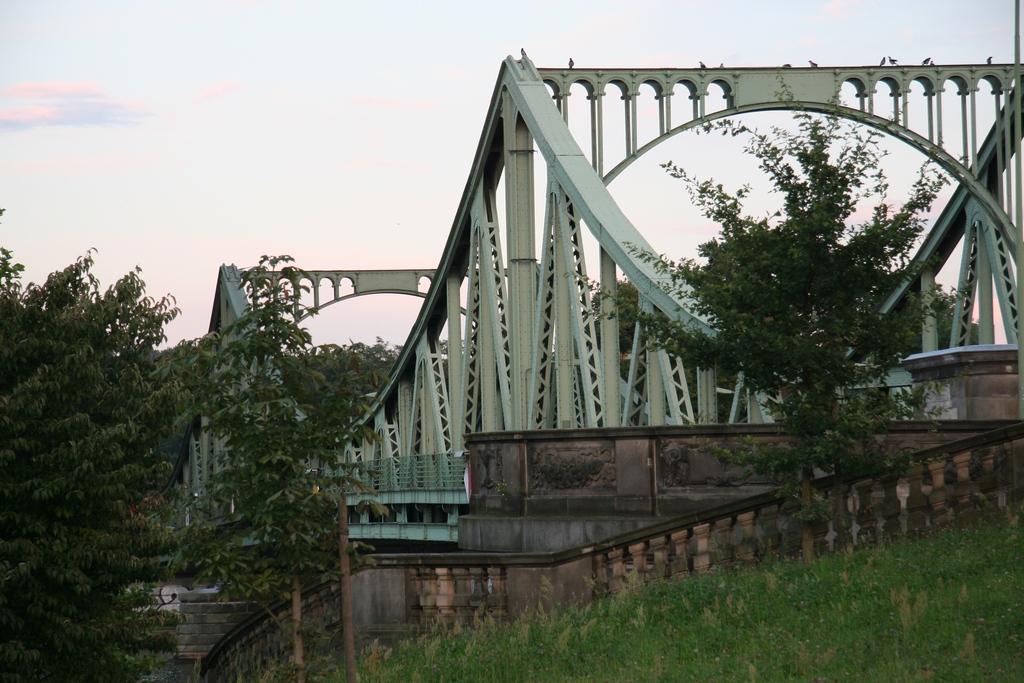 |
Glienicker Brückeor "Brücke der Einheit".... |
 |
|
....as it was called in the GDR era...
|
 |
....is beautifully situated
on the border between Berlin and Potsdam. |
Pictures from Glienicker Brücke - Autumn 2017
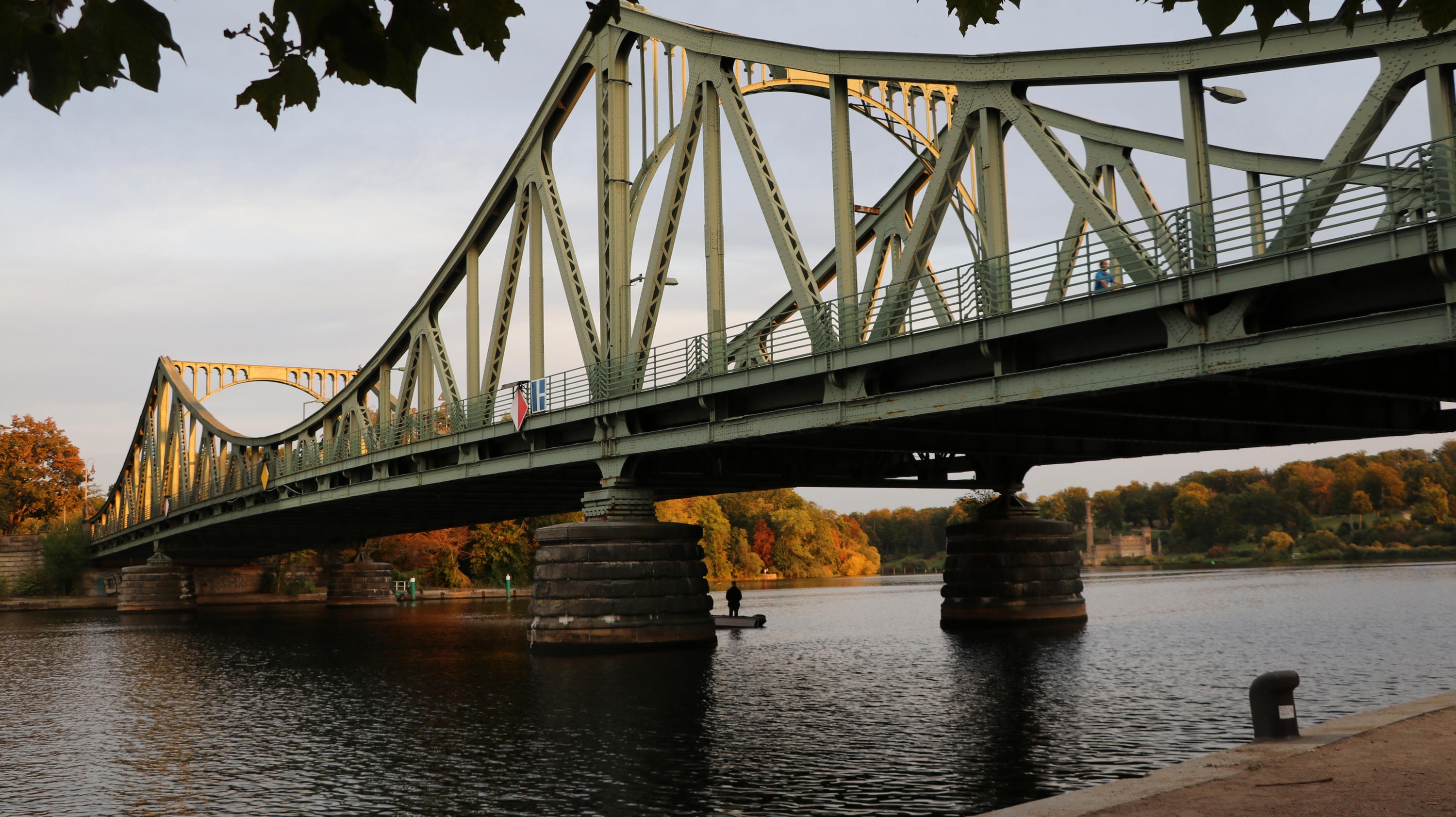
Glienicker Brücke - Efterår 2020
In the picture above, it is clear that they could not agree on wich green color to choose, as the bridge was divided during the Cold War. It is brightest on the Potsdam side, which was then part of the GDR.
Andre glimrende rejsemål
/Other fine destinations
:
Ni breve til geheimearkivar m.m. C. F Wegener:
